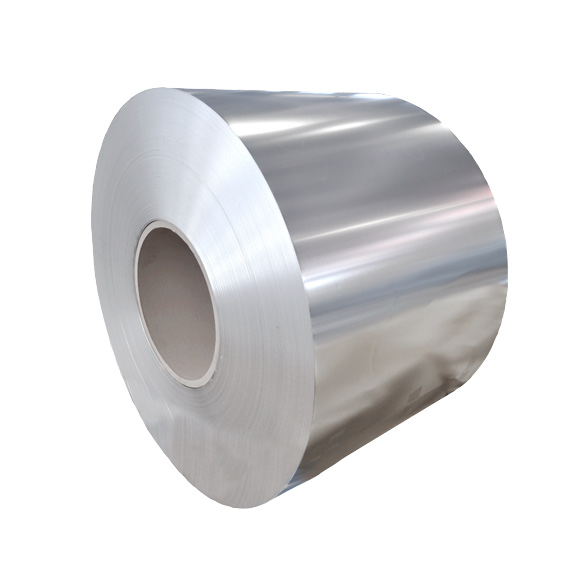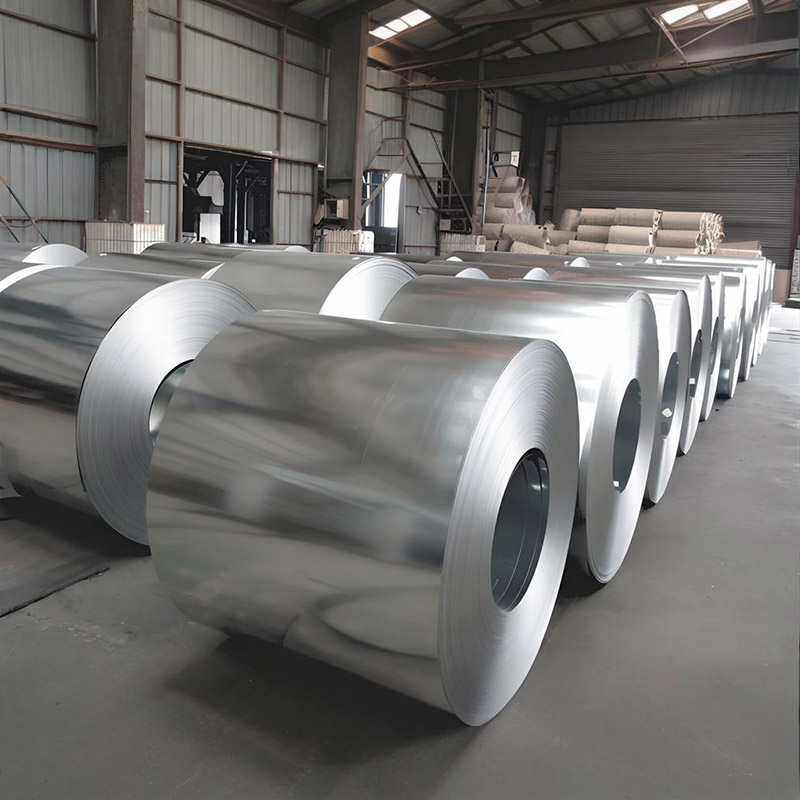Tinned Steel Strip: The Ultimate Guide for Industrial Applications
What exactly is tinned steel strip and why has it become indispensable in modern industrial applications? Tinned steel strip refers to cold-rolled steel that has been coated with a thin layer of tin through electrolytic deposition or hot-dipping processes. This coating transforms ordinary steel into a material with exceptional properties that serve numerous industries.
How does the manufacturing process affect the quality of tinned steel strip? The production involves careful surface preparation, precise tin application, and quality control measures. The thickness of the tin coating typically ranges from 0.4 to 2.8 pounds per base box (BB), with lighter coatings used for applications where formability is critical, while heavier coatings offer enhanced corrosion resistance.
What makes tinned steel strip particularly valuable for industrial applications? Its unique combination of properties makes it stand out: excellent corrosion resistance, good formability, solderability, and non-toxicity. These characteristics make it ideal for food packaging containers, electrical components, and various automotive parts. The material’s strength-to-weight ratio also contributes to its popularity in manufacturing processes that require precision and durability.
In which industries is tinned steel strip most commonly utilized? The food and beverage industry relies heavily on tinned steel for cans and containers due to its ability to preserve contents and maintain product quality. In electronics, it’s used for electromagnetic shielding and component casings. The automotive sector utilizes it for fuel tanks and various structural components where both strength and corrosion resistance are essential.
How should businesses handle and store tinned steel strip to maintain its quality? Proper storage involves keeping the material in a dry, climate-controlled environment to prevent moisture damage. Handling should be done with care to avoid scratching or damaging the tin coating, which could compromise its protective properties. When cutting or forming tinned steel strip, appropriate tools and techniques should be employed to maintain material integrity.
Looking ahead, what trends are shaping the future of tinned steel strip? The industry is moving toward more sustainable production methods, with increased recycling rates and reduced energy consumption in manufacturing. New alloy combinations are being developed to enhance performance characteristics while maintaining cost-effectiveness.
For manufacturers seeking reliable materials that balance performance, cost, and versatility, tinned steel strip remains a superior choice. Its proven track record across diverse applications, combined with ongoing innovations in production technology, ensures it will continue to play a vital role in industrial manufacturing for years to come. By understanding its properties and proper handling techniques, businesses can fully leverage the advantages this remarkable material offers.



